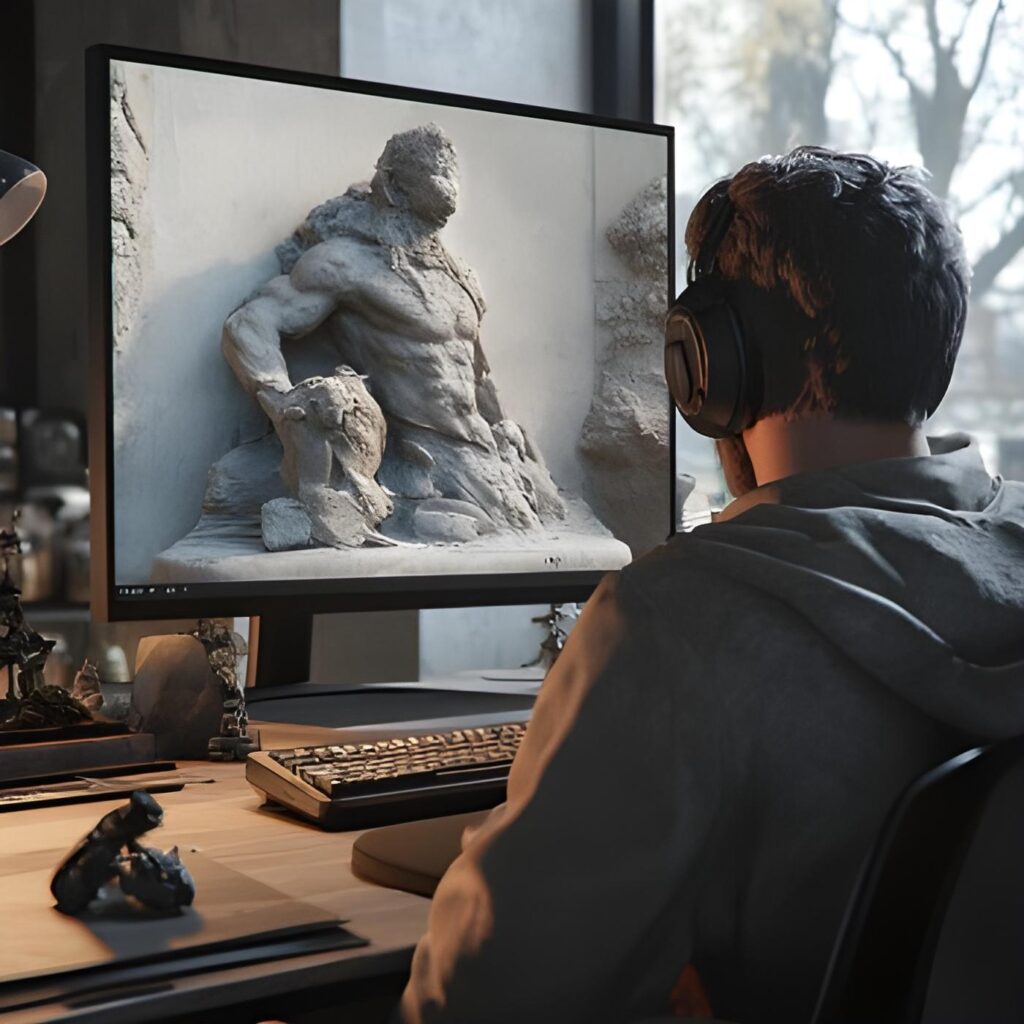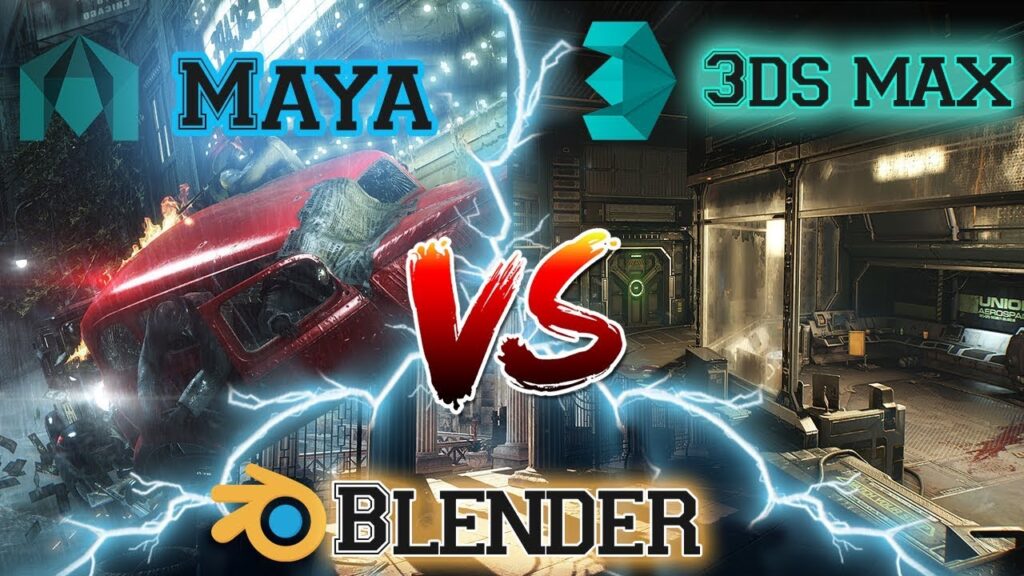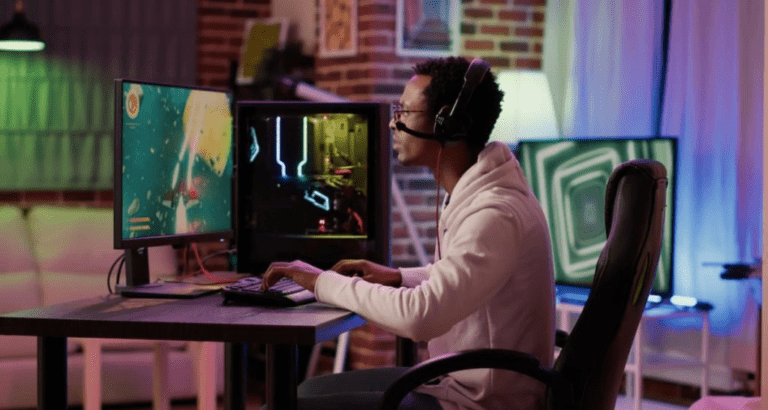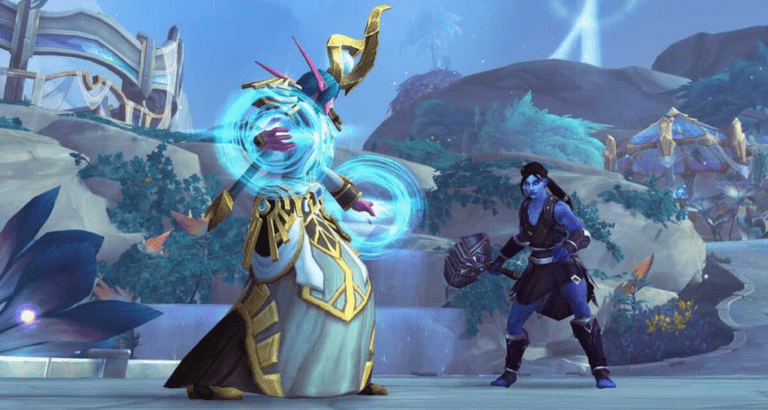Takeaway
Outsourcing 3D modeling can significantly enhance the efficiency and quality of game development projects. By leveraging skilled artists from around the globe, game developers can focus on core competencies while ensuring high-quality visual assets. This guide provides a comprehensive overview of how to find and collaborate with talented 3D modelers, ensuring your game stands out in a competitive market.
Understanding the Importance of 3D Modeling in Game Development
3D modeling is a critical component of game development, serving as the backbone for visual storytelling and immersive gameplay. High-quality 3D models contribute to the overall aesthetic of a game, influencing player engagement and satisfaction. As the gaming industry continues to evolve, the demand for skilled 3D artists has surged, making outsourcing an attractive option for many developers.

The Role of 3D Modeling in Game Development
3D modeling encompasses the creation of three-dimensional objects and environments that populate a game world. This process involves several stages, including conceptualization, modeling, texturing, rigging, and animation. Each stage requires a unique skill set, and outsourcing allows developers to tap into a global talent pool, ensuring that each aspect of 3D modeling is handled by experts.
Benefits of Outsourcing 3D Modeling
Outsourcing 3D modeling offers numerous advantages for game development companies, including:
Cost Efficiency
Hiring in-house artists can be expensive, especially for small to mid-sized studios. Outsourcing allows companies to access skilled labor at a fraction of the cost, particularly when working with artists from regions with lower living costs.
Access to Specialized Skills
Not all game developers have the expertise required for high-quality 3D modeling. By outsourcing, studios can find artists with specialized skills in areas such as character modeling, environment design, or hard surface modeling, ensuring that every aspect of the game is crafted to perfection.
Scalability
Outsourcing provides flexibility in scaling resources according to project needs. Whether a studio requires additional artists for a short-term project or ongoing support for multiple titles, outsourcing allows for quick adjustments without the long-term commitment of hiring full-time staff.
Focus on Core Competencies
By outsourcing 3D modeling, game developers can concentrate on their core competencies, such as game design, programming, and marketing. This focus can lead to improved productivity and innovation, ultimately resulting in a better final product.
Finding Skilled 3D Artists
Identifying the right 3D artists for your project is crucial. Here are several strategies to help you find skilled professionals:
Utilize Online Platforms
There are numerous online platforms dedicated to connecting freelancers with clients. Websites such as Upwork, Freelancer, and Fiverr allow you to browse portfolios, read reviews, and communicate directly with artists. These platforms often feature a wide range of talent, from beginners to seasoned professionals.
Explore Art Communities
Art communities like ArtStation and DeviantArt are excellent resources for discovering talented 3D artists. These platforms showcase portfolios and allow you to see the artist’s work in context. Engaging with these communities can also provide insights into current trends and styles in 3D modeling.
Networking and Referrals
Networking within the game development community can yield valuable referrals. Attend industry conferences, workshops, and meetups to connect with other developers and artists. Building relationships can lead to recommendations for skilled 3D modelers who may not be actively seeking freelance work.
Social Media and Professional Networks
Platforms like LinkedIn and Twitter can be effective for finding 3D artists. Use relevant hashtags and keywords to search for professionals in the field. Engaging with their content can also help establish a rapport before reaching out for potential collaboration.
Evaluating Potential Artists
Once you have identified potential 3D artists, it is essential to evaluate their skills and fit for your project. Consider the following criteria:
Portfolio Review
A comprehensive portfolio is the best indicator of an artist’s capabilities. Look for diversity in their work, including different styles, techniques, and types of models. Pay attention to the quality of their textures, lighting, and overall presentation.
Technical Skills
Ensure that the artist possesses the necessary technical skills for your project. Familiarity with industry-standard software such as Blender, Maya, or 3ds Max is crucial. Additionally, knowledge of game engines like Unity or Unreal Engine can be beneficial, as it allows for smoother integration of assets into your game.

Communication and Collaboration
Effective communication is vital for successful collaboration. Assess the artist’s responsiveness and willingness to engage in discussions about your project. A collaborative mindset can lead to better results and a more enjoyable working relationship.
Establishing a Productive Working Relationship
Once you have selected a 3D artist, establishing a productive working relationship is essential for project success. Here are some best practices:
Clear Project Brief
Provide a detailed project brief outlining your expectations, deadlines, and specific requirements. This document should include references, style guides, and any other relevant information to ensure the artist understands your vision.
Regular Check-Ins
Schedule regular check-ins to discuss progress, provide feedback, and address any concerns. This ongoing communication helps maintain alignment and allows for adjustments as needed throughout the project.
Feedback and Revisions
Be prepared to provide constructive feedback and allow for revisions. Artists may require multiple iterations to achieve the desired outcome, and fostering an environment where feedback is welcomed can lead to better results.
Conclusion
Outsourcing 3D modeling is a strategic approach that can enhance the quality and efficiency of game development projects. By understanding the importance of 3D modeling, leveraging online platforms, and establishing productive working relationships, game developers can find skilled artists who contribute significantly to their projects. Key takeaways include the benefits of cost efficiency, access to specialized skills, and the ability to focus on core competencies. By following the guidelines outlined in this article, you can successfully navigate the outsourcing process and elevate your game development endeavors.

